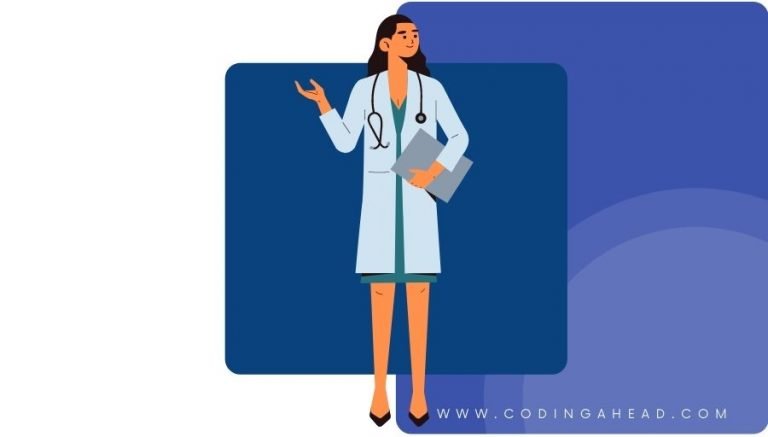How To Use CPT Code 43117
CPT 43117 describes a surgical procedure known as partial esophagectomy with thoracotomy and separate abdominal incision. This article will cover the official description, procedure, qualifying circumstances, appropriate usage, documentation requirements, billing guidelines, historical information and billing examples.
1. What is CPT Code 43117?
CPT 43117 is a code used to describe a specific surgical procedure called partial esophagectomy with thoracotomy and separate abdominal incision. This procedure involves the removal of the distal two-thirds of the esophagus, along with the possibility of removing part of the upper stomach. The surgeon then connects the remaining esophagus to the stomach, and may also perform a pyloroplasty to widen the opening at the bottom of the stomach.
2. Official Description
The official description of CPT code 43117 is: ‘Partial esophagectomy, distal two-thirds, with thoracotomy and separate abdominal incision, with or without proximal gastrectomy; with thoracic esophagogastrostomy, with or without pyloroplasty (Ivor Lewis).’ This code specifically refers to the surgical removal of the distal two-thirds of the esophagus, with the possibility of removing part of the upper stomach. The procedure involves making incisions in the chest and abdomen, connecting the remaining esophagus to the stomach, and potentially widening the pyloric valve.
3. Procedure
- The surgeon begins by making incisions in the abdomen and chest, typically between the sixth and seventh ribs.
- They identify the diseased portion of the esophagus and cut it free from its supports.
- The surgeon then removes the bottom two-thirds of the esophagus through the separate abdominal incision.
- If necessary, they may also remove a portion of the proximal stomach.
- The remaining esophagus is then connected to the stomach in the chest, creating a thoracic esophagogastrostomy.
- If needed, the surgeon may perform a pyloroplasty to widen the opening at the bottom of the stomach.
- The surgeon checks for leaks at the anastomotic site using air or dye.
- Finally, they close the incisions in layers and place chest tubes for drainage during the healing process.
4. Qualifying circumstances
CPT 43117 is typically performed to remove cancer of the esophagus, repair spontaneous ruptures of the esophagus, or remove areas of the esophagus that have been badly damaged by ingestion of caustic fluids. The procedure is performed by a surgeon and requires making incisions in the chest and abdomen. The decision to perform a pyloroplasty may depend on the specific circumstances of the patient’s condition.
5. When to use CPT code 43117
CPT code 43117 should be used when a surgeon performs a partial esophagectomy with thoracotomy and separate abdominal incision, with or without proximal gastrectomy. This code accurately describes the specific procedure and should be used when reporting the surgical services provided.
6. Documentation requirements
To support a claim for CPT 43117, the surgeon must document the following information:
- Patient’s diagnosis and the need for the surgical procedure
- Details of the specific procedure performed, including any additional procedures such as pyloroplasty
- Date of the surgery
- Incision locations
- Any complications or unexpected findings during the procedure
- Post-operative care instructions
- Signature of the surgeon performing the procedure
7. Billing guidelines
When billing for CPT 43117, it is important to ensure that the documentation supports the specific procedure performed. The surgeon should use the appropriate CPT code based on the details of the surgery. It is also important to follow any additional billing guidelines provided by the payer or relevant coding guidelines.
8. Historical information
CPT 43117 was added to the Current Procedural Terminology system on January 1, 1995. In 2017, it was added to the Inpatient Only (IPO) list for Medicare reimbursement.
9. Examples
- A surgeon performs a partial esophagectomy with thoracotomy and separate abdominal incision, connecting the remaining esophagus to the stomach in a patient with esophageal cancer.
- During a surgical procedure, a surgeon removes the distal two-thirds of the esophagus and performs a pyloroplasty to widen the opening at the bottom of the stomach in a patient with severe damage to the esophagus.
- A surgeon performs a partial esophagectomy with thoracotomy and separate abdominal incision, connecting the remaining esophagus to the stomach, in a patient with a spontaneous rupture of the esophagus.




